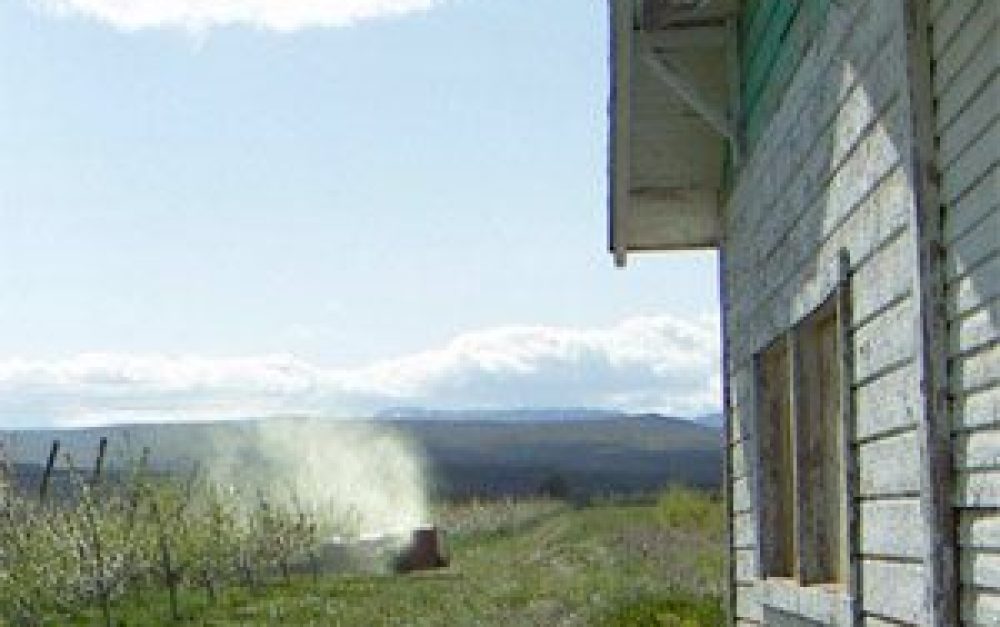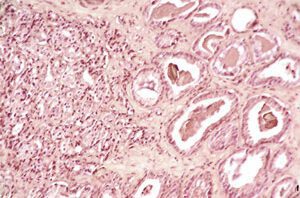Men who live in neighborhoods that experience pesticide drift are 1.5 times more likely to develop prostate cancer.
This is what scientists found in a one-of-a-kind study that compares rates of the cancer among men who lived near agricultural fields where methyl bromide, captan or organochlorine insecticides were applied with those who lived farther from drifting pesticides.
Health professionals estimate that cancer of the prostate, a small gland that produces fluid to help carry sperm, affects 1 out of 6 men in this country. It's the third most common cause of cancer death among males.
The recent study was conducted in California's Central Valley, in three counties with some of the highest rates of pesticide use in the country: Tulare, Fresno and Kern.
Researchers from the University of Southern California used the state cancer registry to identify older white and Latino men who had been diagnosed with prostate cancer, and compared them with men from the same area without the cancer. The men reported where they had lived and worked for 25 years (between 1974 and 1999), and these locations were compared with state records of pesticide applications.
In the path of drift? Increased risk
Those who had lived within 500 meters of agricultural fields where methyl bromide, captan or organochlorines had been applied were more likely to be in the group with cancer. These specific pesticides were chosen because other studies had linked exposure among farmworkers to increased prostate cancer risk.
The study mapped several other pesticides as "controls," and found no increased cancer risk.
The researchers say this is the first look at the link between prostate cancer and longterm exposure to pesticides in the surrounding environment. They found the increased risk about the same as studies looking at farmworker exposure on the job. As co-author Myles Cockburn of USC told the Los Angeles Times:
California's Central Valley has by far the largest use of pesticides and the largest population potentially exposed to them in the United States.







